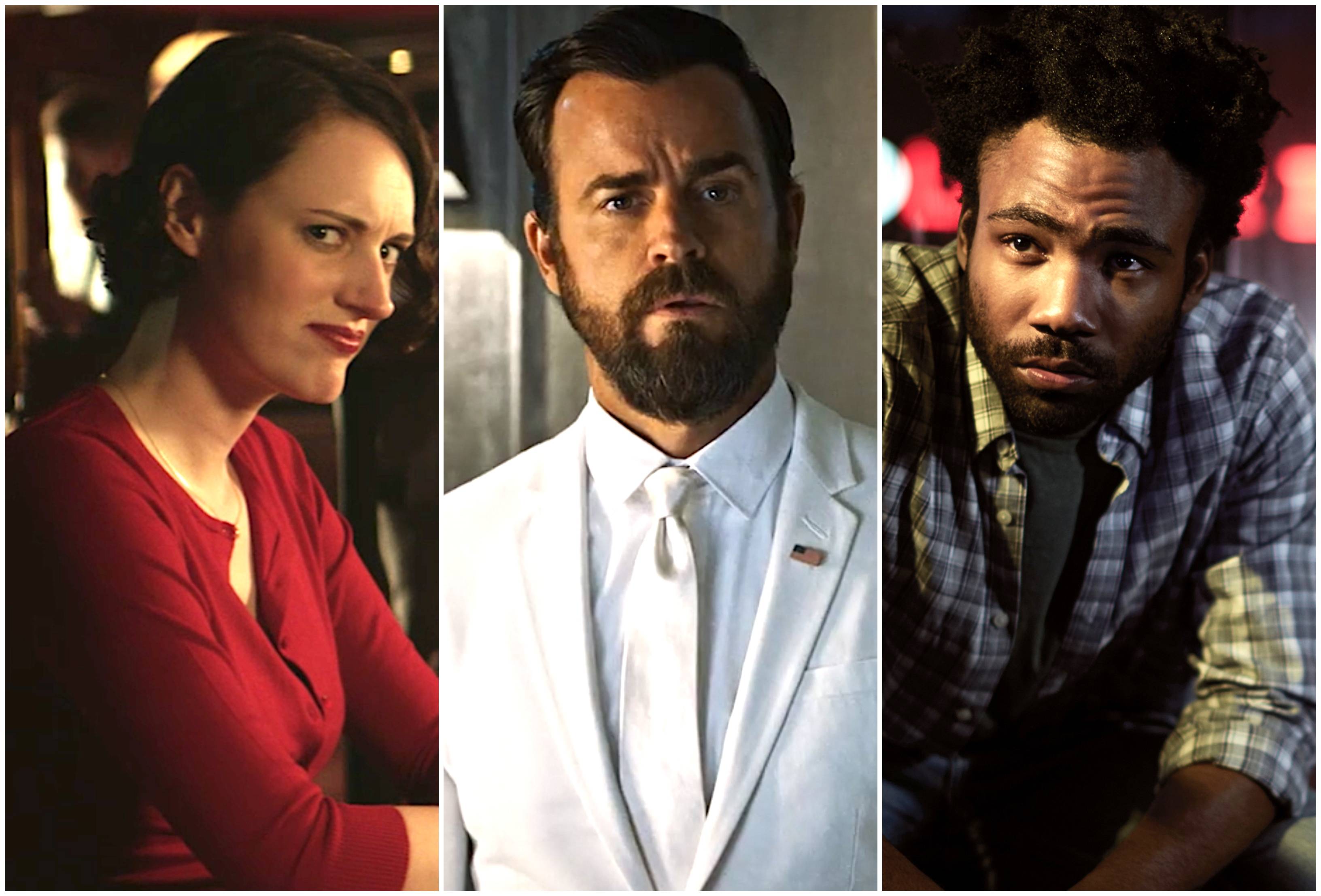
The Star Trek community has yet not calculated an average Star Trek ranking. Instead, users have ranked various movies and shows. The result? The result? It is possible to also see the movie's ranking on a scale between one and five.
Star Trek's time-travel stories
Star Trek has not yet fully clarified the science behind time-travel. The "chronotons" are what it relies upon, which real-world scientists do not fully understand. However, there is one thing that's certain: time travel is an interference with the past, which can affect the present. This means that any person who alters the timeline of a past will invariably alter the present.
Star Trek has always included time-travel stories in their shows. They've done it in many different ways. Star Trek has made time-travel an integral part of its history, from erasing whole civilizations from history to showing that we exist within a time loop.
Deep Space Nine
Deep Space Nine is a great Star Trek series. It has mastered many Star Trek archetypes and boasts an outstanding ensemble. The series also features great writing. It also combines the episodic nature, of a Trek procedural, with an expansive A line plot. It also has some of Trek's best episodes.

Deep Space Nine also ranks among the darkest episodes in the series. This extends Gene Rodenberry’s imagination to the limit, and shows off Avery Brooks' acting abilities.
Voyager
Voyager has a strong cast and is an enduring favorite among Star Trek's series. The unique setting in Delta Quadrant affords writers ample opportunity to introduce new alien species. Besides the Borg, the series features the Kazon and Vidiians. The series is also known for its tie-in video games and novelisations, which continue to be written by the writers of the series.
Seven and The Doctor are Voyager's most memorable moments. A Seven of Nine cyborg Seven of Nine is also featured in the series, which adds the Troi effect. Star Trek's least-loved series is its writing and direction.
Enterprise
Star Trek's Enterprise occupies a very special spot in Star Trek's past. It is the most iconic starship from the original series. It was the central character in The Next Generation and The Movie. Discovery's second-season will feature it back. These are just a few reasons to consider placing Enterprise among the greatest starships ever made. We will also look at some of its unique features.
The Xindi plotline makes the premiere episode of the season full of excitement. Enterprise crew is in great spirits and this episode is full character development. Vulcans can learn a lot from this episode, and the story continues with Xindi. This episode also features a guest appearance from the director of the show, who plays an evil space station voice.

Beyond
Beyond is a fine movie. However there are areas where it falls short. Beyond has its charms. However, the film is lacking in originality and its script needs improvement. The new series is worth a look, regardless if you're a huge fan or not.
There are many different ways to rate Star Trek films. You can find reviews from fans, critics, and aggregate grading sites. These sites provide the most current information about which films are best.
FAQ
What type of advertisement is a television?
Television is a communication medium where images are used for messages. It is the most popular medium of communication in the world. The annual value of the television industry exceeds $100 billion.
There are many different types of advertisements on television, and they can be divided into two categories:
-
Commercials (also known as "TV commercials"), which are usually 30 seconds or longer;
-
Programming/Series is also known as "programming". These are usually 20 minutes long, but some programs may be shorter than this.
Commercials are shown during commercial breaks, which are normally between every half hour of programming. They can also be shown when there is no broadcast. This includes before and after shows, infomercials, public service announcements, etc.
The main component of any channel is its programs. There are usually several series that air each week on most channels. Some networks air only one series per day. Some networks will air multiple series at once. Some channels focus on news, movies, and sports events.
Advertising on television has experienced significant change since its creation. Television was initially used primarily to entertain people in the 1950s. The 1950s saw people watch television shows such as I Love Lucy, Father Knows Best, Gunsmoke, and then they would go outside to play with their buddies. As technology advanced, however, people began using television more often to get information about products and services. A television advertisement could help someone learn about the features of a particular car and how to buy it.
What can advertising do for consumer behavior?
Advertisements influence consumer behavior in two main ways:
-
Advertisements cause us associate certain things with particular brands. A McDonald's commercial might lead us to believe that McDonald's burgers are better than Burger King.
-
Advertisements are a guideline for what to do. One example: If a commercial urges us to visit a dealership to buy a new vehicle, we will most likely do so.
What Is A TV Spot?
A TV spot, which is typically a 30-second commercial that appears between programs on a television channel, is called a TV spot.
Many channels will air multiple TV spots daily. Each TV spot typically contains a single topic or theme and is often designed to promote a specific brand or company.
TV commercials are not only used to promote products or services but also events, political campaigns and charities.
Why should I care so much about TV?
If you own a business, you should care about TV.
It's one of the biggest sources of revenue for many companies.
And if you're thinking about starting a business, you should learn everything you can about TV advertising.
You'll be able to determine the best advertising strategies for your products, such as what ads to run and where to spend your money.
What is the cost of producing a commercial?
A commercial costs money to produce. The length of the commercial, the number of stars involved, and the location where the shoot takes places will all affect the price.
A 30 second commercial generally costs $20,000 to $40,000.
What are the different styles of commercials?
Three main types of commercials exist: TV Commercials and Radio Commercials.
TV Commercials are typically 30 seconds in length. They are used often to promote brand awareness.
Radio commercials are typically longer (usually one minute) than television commercials and are used primarily for product advertising.
Print ads are usually less than two minutes long and are often targeted at specific audiences.
Statistics
- 93 percent of American adults listen to the radio over the course of the week. (marketingevolution.com)
- Not to mention, sales rose an incredible 11% following the launch of this commercial. (qualitylogoproducts.com)
- In fact, 76% of people completely skip the commercials while watching their programs. (qualitylogoproducts.com)
- With OTT ad revenue set to increase from 45% to 60% over the next decade, AdTech pioneers and early adopters of OTT advertising will reap its benefits in the near future. (clearcode.cc)
- Television is a great brand awareness tool - Almost every American has a television, with 83 percent of adults having two or more, and American households keep their televisions on for 8.1 hours each day on average. (marketingevolution.com)
External Links
How To
How can I select which type or advert to run on television?
There are many things that you need to think about when choosing between traditional printed advertisements, digital billboards radio spots, TV commercials, and television ads.
You must first decide whether you want to focus on short-term results, or long-term exposure.
A short-term exposure is when the advertisement must result in immediate sales. In other words, your advertisement must be able to make people aware immediately of your product/service.
You want to increase awareness for a longer time. This could be weeks or even months.
Next, you need to choose between one-off campaigns or ongoing campaigns.
One-off campaigns are usually used when you want to promote a single event, such as a new product launch or a holiday sale. These campaigns require a lot more planning and preparation.
However, they are usually less cost-effective than ongoing campaigns. They allow you to run the exact same ad every week, or month.
Last, you must decide how much you're willing to spend.
There are two options: invest large or small amounts in advertising. Small amounts of advertising will cost more per impression than larger amounts.
You might not reach as many customers if your advertising budget is smaller.